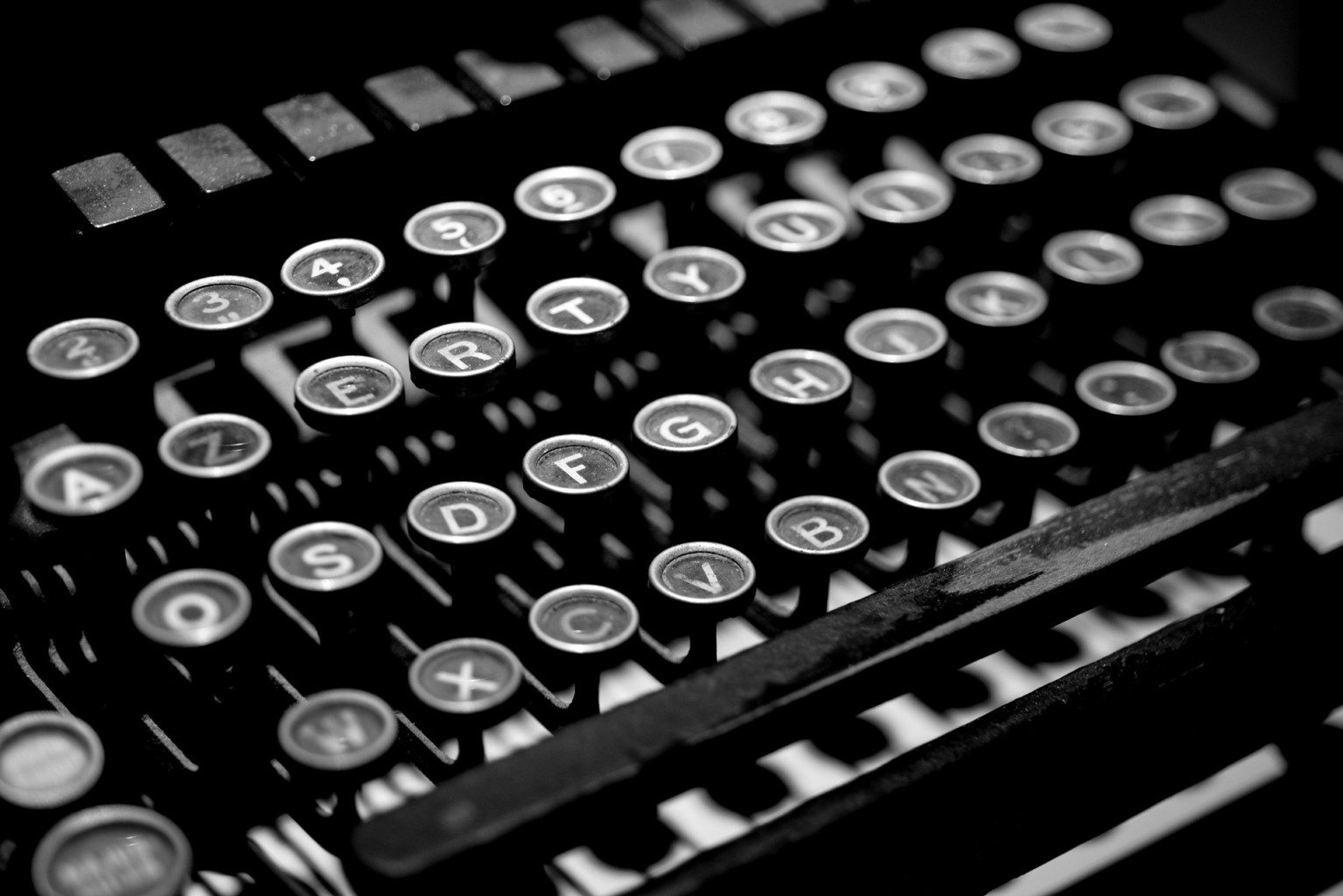Should books be banned?
Books that are banned often have the courage to say something new that people may not want, but certainly need, to hear. There is a reason dictators burned books that spoke against their ideas. Rejected 47 times before it was even published, Nabokov’s Lolita was banned in Europe and across America. Today, however, it is considered a classic, part of the modern canon, and revered at higher level educational institutions as part of modern literary history.
This would not be the only time ‘banned books’ would prove synonymous with, ‘good books.’ In 2016, among the top ten requested books for censorship were Looking For Alaska, Eleanor & Park and Two Boys Kissing, which all received 4.1/5 on Goodreads.com.
There is a reason dictators burned books that spoke against their ideas
So, if they are well-written and popular, why are they banned? Schools are often the source of the problem, causing 50% of all book bans in 2016. It can be easily assumed that banned books are ones that contain content not suitable for children or adolescents, and therefore, books that are banned for violence, suicide and offensive language can be understood. But these are not the most popular reasons for censoring literature. The top five most challenged books were questioned due to their “LGBT content.” While violent content seems a reasonable justification for banning a book, these kinds of challenges on social aspects of day-to-day life seem to lack the same grounds. It is the same kind of logic that leads us to having little to no LGBT sexual education – the idea that if children are not introduced to ideas, they will not pursue them. And since it is these same institutions that are banning LGBT sex-ed that are banning books with LGBT content, we can assume a link here is to be made.
Interestingly enough, a book that has been less contested against than books containing LBGT content is Little Bill, a book series by Bill Cosby. Cosby is a well-known figure of controversy, having faced a multitude of allegations to do with sexually abusing children, as well as raping older women. You can only imagine the cosmic irony of giving a child the series Little Bill to read, whilst guiding them swiftly away from any book in the library with a rainbow-coloured spine, just in case.
The top five most challenged books were questioned due to their “LGBT content”
It seems the reasons we have for banning books in popular culture just do not add up. Whilst banning highly offensive or upsetting content for children makes just as much sense as age-rating movies, banning any book completely from the shelves for its LGBT content seems a regime pulled out of the Middle Ages. Whilst banning within reason can make sense, the attitude towards banning any book that contains any arguably disagreeable content is not an act of protection, but a push towards a certain political agenda.
Here is where we reach a further point: should the system of banning books be banned itself? There are many people who strongly believe in the l’art pour l’art ethos, creating art for the sake of art, disregarding morality or lack thereof. Perhaps Oscar Wilde spoke on behalf of banned writing best, when he stated that “There is no such things as a moral or immoral book. Books are well written or badly written, that is all.” And although Wilde was never one to vouch for strict morality, there is sense in his words. Amongst the common words used as reasons to ban books, such as “occult,” “anti-family” and “horror”, there is one that is simply “art.” That dangerous, controversial commodity that is “art.”
Banning any book completely from the shelves for its LGBT content seems a regime pulled out of the Middle Ages

Comments